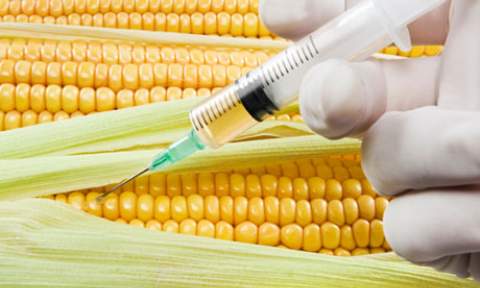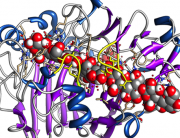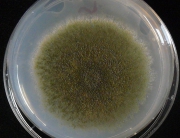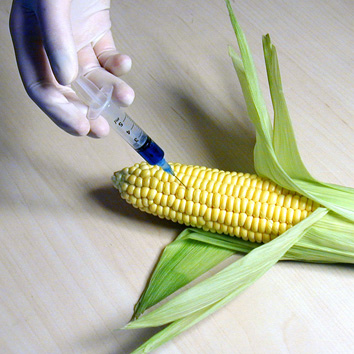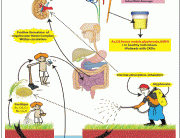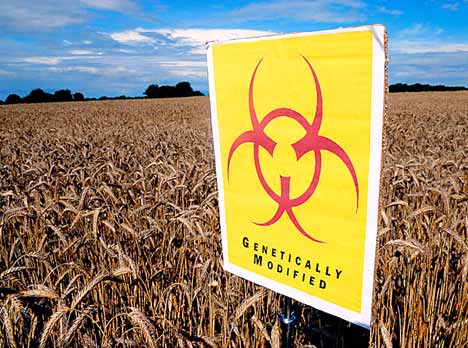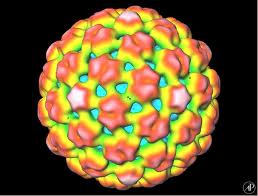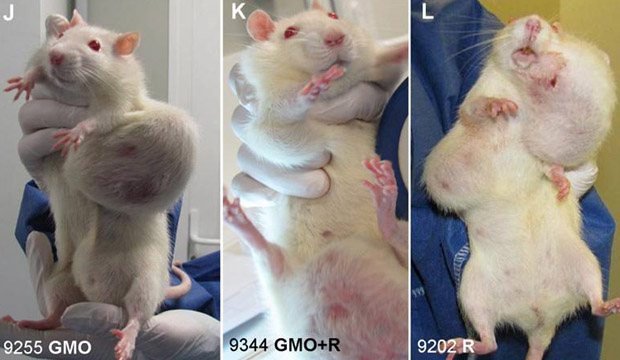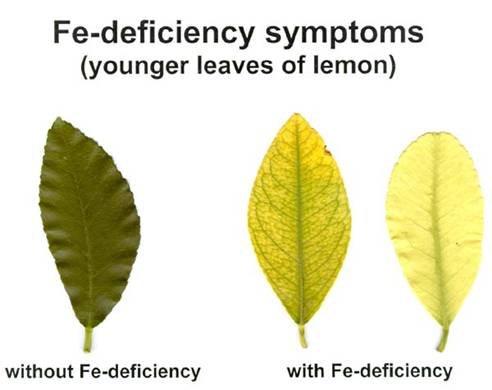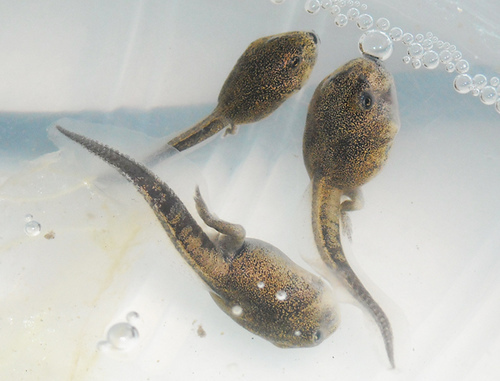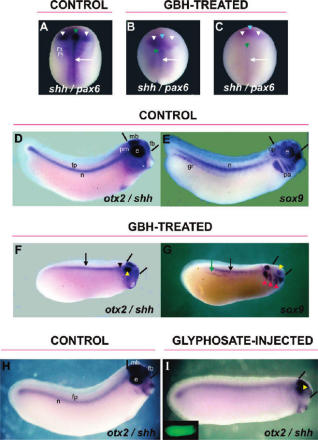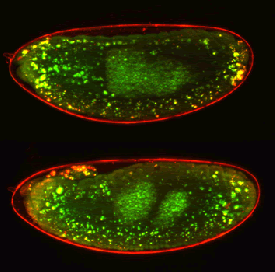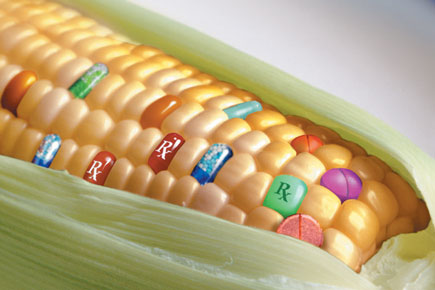Glyphosate tolerant GM soybeans contain high residues of glyphosate and its toxic breakdown product AMPA, but conventional and organic soybeans contain none of these agrochemicals, an important new study shows.Organic soybeans also showed a healthier nutritional profile.
The study shows that contrary to claims by the GMO industry and regulators, GM soy is not substantially equivalent to non-GM soy.
Compositional differences in soybeans on the market: glyphosate accumulates in Roundup Ready GM soybeans
Full Paper Here: www.sciencedirect.com
Authors: T. Bøhn, M. Cuhra, T. Traavik, M. Sanden, J. Fagan, R. Primicerio
Highlights
- Glyphosate tolerant GM soybeans contain high residues of glyphosate and AMPA.
- Soybeans from different agricultural practices differ in nutritional quality.
- Organic soybeans showed a more healthy nutritional profile than other soybeans.
- Organic soy contained more sugars, protein and zinc, but less fibre and omega-6.
- This study rejects that GM soy is “substantially equivalent” to non-GM soybeans.
Abstract
This article describes the nutrient and elemental composition, including residues of herbicides and pesticides, of 31 soybean batches from Iowa, USA. The soy samples were grouped into three different categories: i) genetically modified, glyphosate-tolerant soy (GM-soy); ii) unmodified soy cultivated using a conventional “chemical” cultivation regime; and iii) unmodified soy cultivated using an organic cultivation regime. Organic soybeans showed the healthiest nutritional profile with more sugars, such as glucose, fructose, sucrose and maltose, significantly more total protein, zinc and less fibre than both conventional and GM-soy. Organic soybeans also contained less total saturated fat and total omega-6 fatty acids than both conventional and GM-soy. GM-soy contained high residues of glyphosate and AMPA (mean 3.3 and 5.7 mg/kg, respectively). Conventional and organic soybean batches contained none of these agrochemicals. Using 35 different nutritional and elemental variables to characterise each soy sample, we were able to discriminate GM, conventional and organic soybeans without exception, demonstrating “substantial non-equivalence” in compositional characteristics for ‘ready-to-market’ soybeans.























